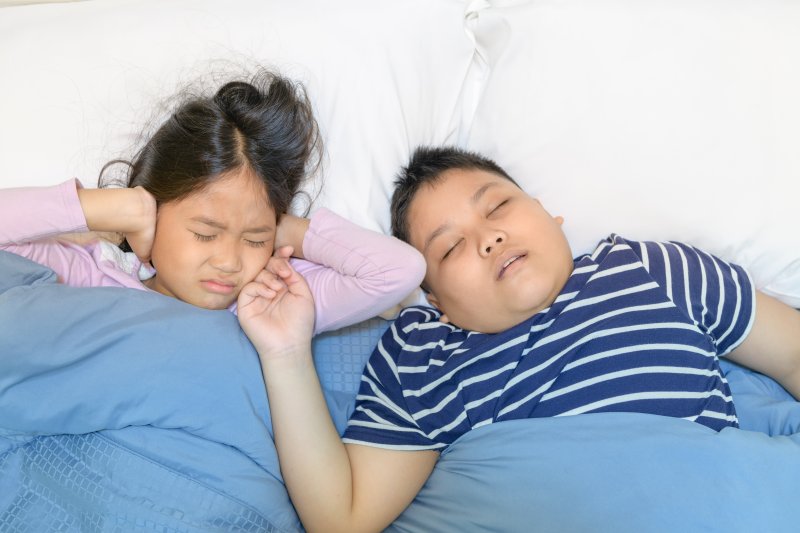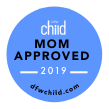Does My Child Have Sleep Apnea?
June 19, 2020

Does your child snore? Are they wetting the bed or experiencing night sweats? These are just a few of the many signs that can point to pediatric sleep apnea. Although many experts believe children will grow out of this phase, there is additional research that supports the potential for additional complications in adulthood. To determine if your child is suffering from this common sleep disorder, read on to hear from a professional who can explain what to look for and how to treat it.
What is Sleep-Related Breathing Disorders (SRBD)?
Sleep-related breathing disorders are considered to be conditions that cause a disturbance in a person’s breathing pattern while they sleep. Researchers indicate that 25% of the U.S. population is living with a sleep disorder and 90% of SRBDs are undiagnosed.
In a 2012 article by the American Academy of Pediatrics, they suggest screening/testing all children and teenagers for snoring as well as performing a sleep study on those who show signs or symptoms of snoring or obstructive sleep apnea.
There are several SRBDs, including:
- Snoring
- Upper Airway Resistance Syndrome (UARS)
- Obstructive Sleep Apnea (OSA)
When a child is suffering from an SRBD, it may not appear obvious in the beginning; however, over time, symptoms can begin to develop and become more apparent.
What Signs and Symptoms Should You Look For?
When attempting to determine whether your child has a sleep-related breathing disorder, make sure you are looking for the following symptoms:
- Long pauses in breathing
- Chronic, loud snoring
- Tossing and turning – restlessness while asleep
- Mouth breathing
- Night sweats
- Night terrors or nightmares
- Bedwetting
- Behavioral issues
- Inability to focus or listen (i.e. ADD/ADHD)
How Can It Be Treated?
It is important to note that seeking treatment sooner rather than later is best when it comes to sleep-related breathing disorders or obstructive sleep apnea. In children, the most common solution is to remove enlarged adenoids and/or tonsils should these be the cause of their blocked airway. However, if for some reason this solution does not fix the problem, a professional may suggest either CPAP therapy (continuous positive airway pressure) or an oral appliance.
Depending on your child, they may notice positive, more dramatic results from one more than the other. For children, a CPAP machine can help to change the way they feel, but for teenagers, an oral device may prove more beneficial, as their facial bone growth is mostly complete.
Treating SRDB and OSA early on will allow your child to receive the care they need so that additional oral and health-related problems will be less likely to occur when they reach adulthood.
About the Author
Dr. Melissa Rozas is a pediatric dentist in Coppell, TX, who completed her Doctor of Dental Surgery degree at the University of Texas School of Dentistry in Houston. After finishing her pediatric dental residency at UT/Herman Hospital, she became board certified by the American Board of Pediatric Dentistry. Offering assistance to patients experienced pediatric sleep apnea, she and her team can identify related symptoms and offer solutions to help children achieve a better quality of life. To find out if your little one is suffering from sleep apnea, contact us at (972) 393-9779.











